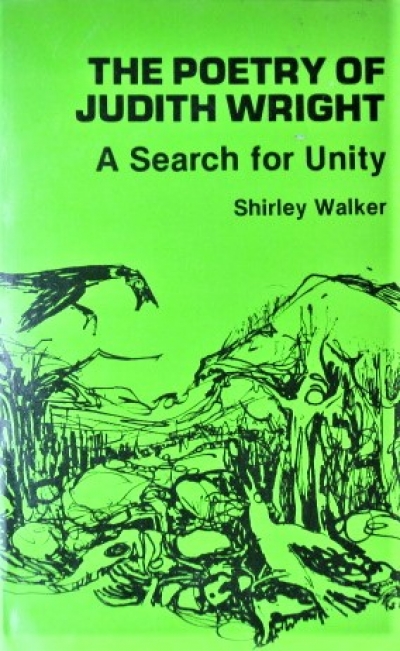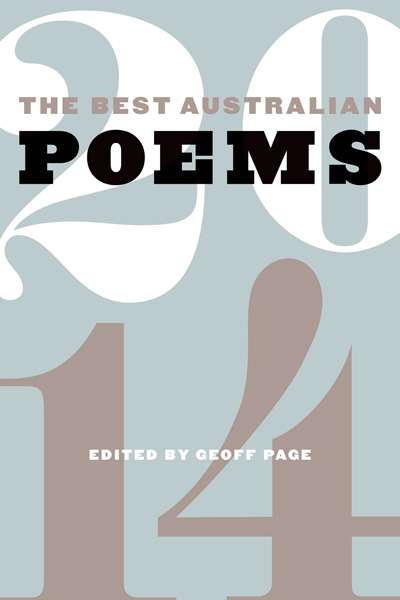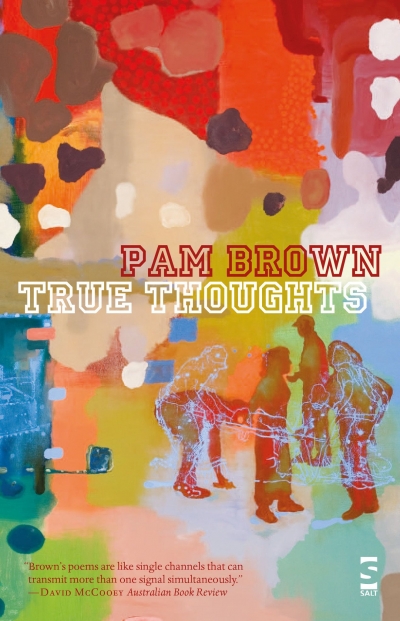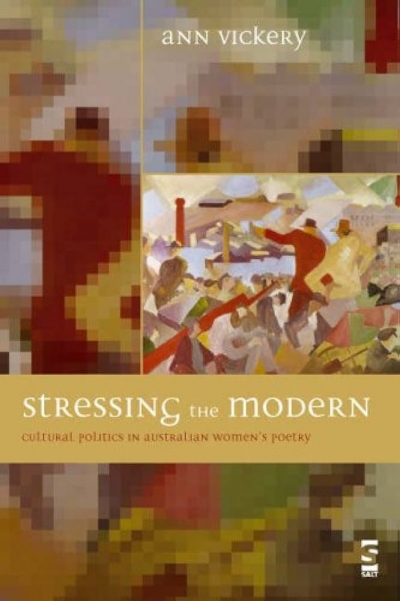Jennifer Strauss
The Poetry of Judith Wright:: A search for unity by Shirley Walker
by Jennifer Strauss •
Selected Poems by Andrew Taylor & New and Selected Poems by Philip Martin
by Philip Salom •
The Best Australian Poems 2014 edited by Geoff Page
by Jennifer Strauss •
The new English edition of a selection of Harwood’s poems comes with an excellent editorial pedigree. With his co-editorship of Gwen Harwood: Collected Poems 1943–1995 (2003) and his editorship of A Steady Storm of Correspondence: Selected Letters of Gwen Harwood 1943–1995 (2001), Gregory Kratzmann has established himself as the foremost of Harwood scholars. As a major critic of Australian poetry, Chris Wallace-Crabbe was an early champion of Harwood’s poetry, with a particular affinity, demonstrated in his own poetry, for the wit and wordplay that are distinguishing marks of Harwood’s work.
... (read more)Stressing the Modern: Cultural politics in Australian women's poetry by Ann Vickery
by Jennifer Strauss •
The Collected Verse of Mary Gilmore: Volume 2, 1930–1962 edited by Jennifer Strauss
by Ann Vickery •
Flashing Eyes and Floating Hair: A reading of Gwen Harwood’s pseudonymous poetry by Cassandra L. Atherton
by Jennifer Strauss •
The Best Australian Poetry 2006 edited by Judith Beveridge & The Best Australian Poems 2006 edited by Dorothy Porter
by Jennifer Strauss •









